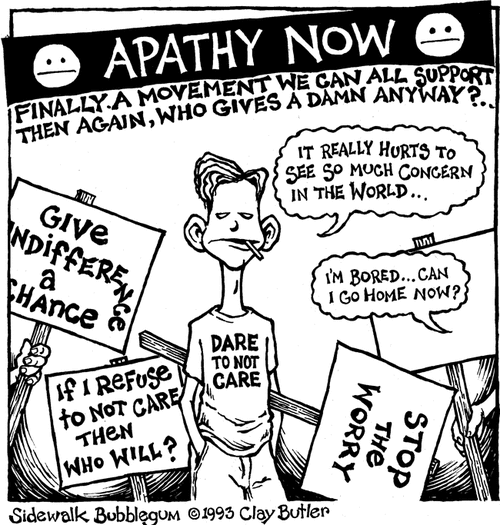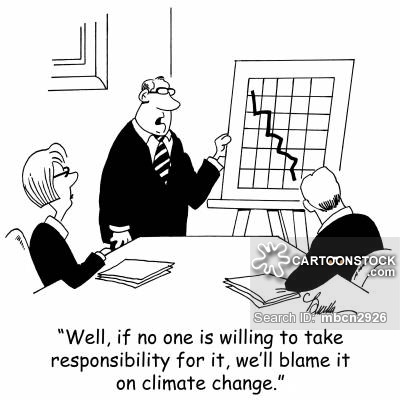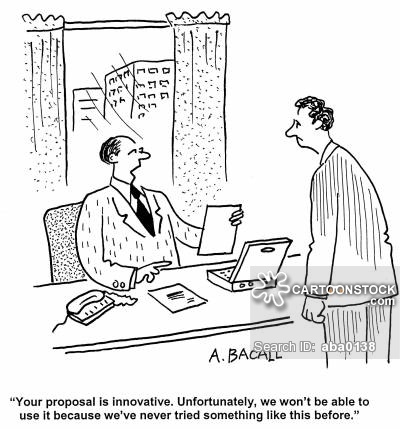”Responsible Innovation requires several I’s, and they need to work together.”
By Olivier Rutgers
“The greatest danger to our future is apathy”
Jane Goodall, anthropologist and biologist
Growing up in a first world country as a privileged male college student has a lot of advantages. But we tend to forget this when we start worrying if our phone will still be charged enough so we can watch an episode of “Game of Thrones” on Netflix on the train ride home. Not having to worry about food, drinking water or shelter creates a safe environment, in which we, myself included, easily forget these are not available to millions of people in third world countries.

This natural response of obliviousness, rather than ignorance, has changed since I started the minor Responsible Innovation. Instead of simply a want to care, it evolved into a more pragmatic approach, focused on acquiring an objective view and studying possible solutions.
Another effect of having the safe bubble around you becomes apparent when watching the news. Getting confronted with global problems on a daily basis doesn’t motivate you to donate hundreds of euros to Greenpeace, Giro 555, or WWF. On the contrary, it makes you apathetic to these problems. Why do something now while the next crisis is just around the corner?
News programmes showed us the struggle of Syrian, Iraqi and Afghan refugees in enormous tent camps, or running across borders in Europe to achieve financial and political stability. Citizens all over Europe have started philanthropic efforts to collect food, blankets and provide housing for these refugees. But these are short term solutions. To solve the refugee crisis, we need to study long term solutions while asking ourselves serious questions: Who is responsible for this problem and who needs to take responsibility in solving it? And how can we ensure an innovative sustainable solution, all whilst keeping true to our moral values.
“Concern yourself more with accepting responsibility than with assigning blame. Let the possibilities inspire you more than the obstacles discourage you.”
Ralph Marston, writer
Responsible Innovation consists of two parts, starting with responsibility. As a singer in a choir I’m part of a machine controlled by a conductor; we trust upon each other to do what’s expected from us to create beautiful music. To illustrate the quote from Marston, we need

Taking this point into reality, we can see it work in the case of tackling climate change. It’s not just a case of assigning the largest polluter, but a case of everyone researching how they can reduce pollution the most. At this point the problem shifts from a vague causal collective responsibility, to a clear moral individual responsibility. This is crucial in bypassing the ‘problem of many hands’, in which no clear individual responsibility can be appointed, as there are too many factors causing climate change. By making everyone feel responsible, everybody will be inspired to find ways to pull their own weight in reducing their carbon footprint, promoting creativity and innovation.
“For good ideas and true innovation, you need human interaction, conflict, argument and debate.”
Margaret Heffernan, businesswoman and writer
Innovating responsibly means including moral values, such as privacy, safety and security, although they might seem contradictory. To aid in welding these values into a sturdy, lasting so

Responsible Innovation means coming out of your comfort zone, acquiring an objective view, not focusing on the little things, but planning a course of action. Make everybody feel responsible and let everybody participate in a healthy discussion. With these new ideas and new energy we can begin tackling the problems that society faced in the past, battles today and defeats in the future.